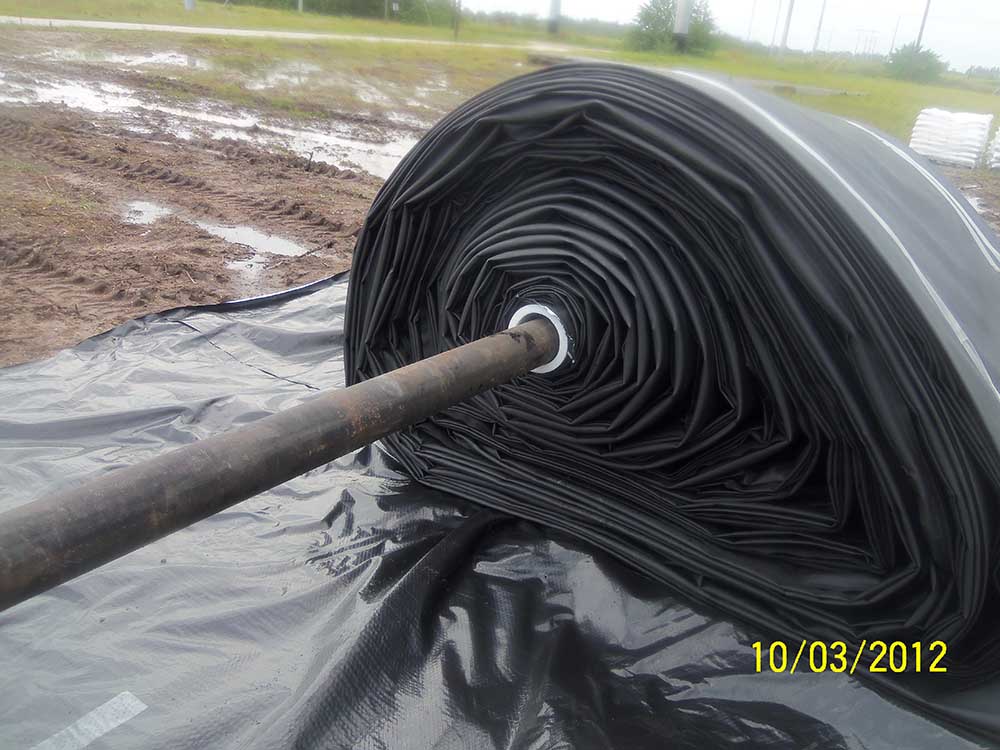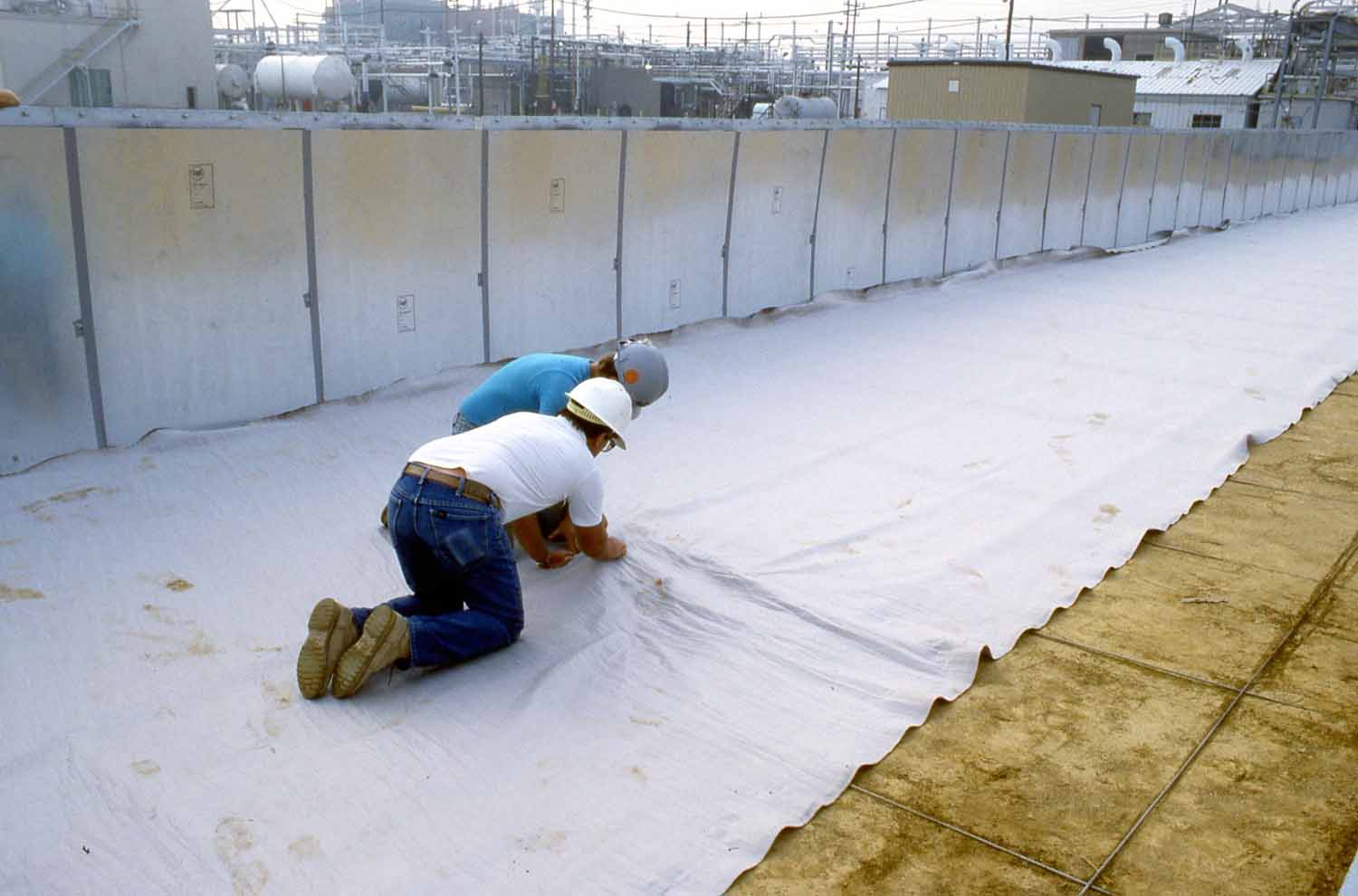Selecting the right tank liner to go with your ModuTank, EconoTank, or other storage solution is vital. There are many different liners and they each have their own strengths and weaknesses. The right liner is vital for ensuring that materials are being properly stored. Without the proper liner, the risk of a storage solution failing can greatly increase.
Storing Dangerous Materials With an XR-5 Liner
An XR-5 liner can be used to store acids, methane, and alkalis. The XR-5 liner is currently the most chemically resistant and highest strength liner available commercially. This liner is perfect for storing dangerous substances and can withstand harsh environmental conditions. Having been used for over 40 years, the liner is field-proven and battled tested.
XR-5 liners are also frequently used to store fuels, such as diesel. These fuels could represent a major danger to the environment should a leak occur. Besides being used for liners, XR-5 can also be used to create a damage resistant floating cover.
Besides the XR-5 liners, there are other solutions, such as Hypalon, which is also chemically resistant. Hypalon liners also do well in extreme temperature conditions.

Storing Potable Water and Other Non-Dangerous Materials
Of course, storing dangerous materials is only one of many applications for above ground storage solutions. Often, far less harmful substances must be stored. Consider water, for example. Polyethylene is perfect for storing water. However, the specifics of each project must be considered in order to determine the right type of liner.
For storing potable water, for example, 30 mil polyethylene is generally the right choice. There are several other polyethylene liners available. 30 mill offers a good balance between ensuring that the water is well protected, while still being affordable and light. Thinner and lighter 18 and 20 mill liners can be used in other applications.
For water exposed with contaminates, thicker and studier liners are generally recommended. 36 or 45 mil polypropylene liners are often a good choice. However, depending on the nature of the contaminants, other liners (including even the XR-5) might be warranted.
Polyvinyl chloride is another popular choice for storage liners. There are many other situations that could require different liners. For example, if you are storing solid materials, such as rocks, you will need a thick, sturdy liner. There are many options.
When selecting a liner, it is important to consider the environment the storage tank will be placed in as well as the materials to be stored. There are many other considerations as well. There is no one-size fits all storage solution, and each solution should be customized for your needs.


